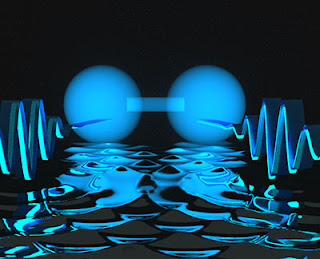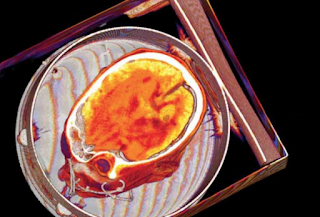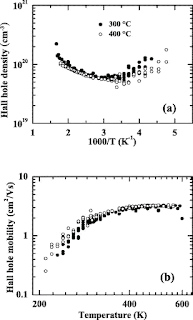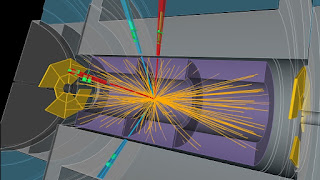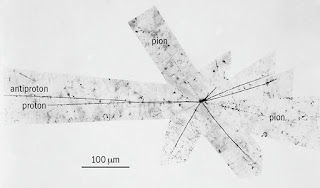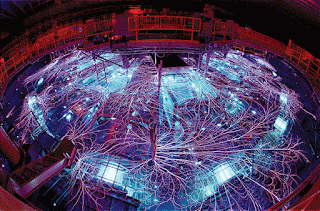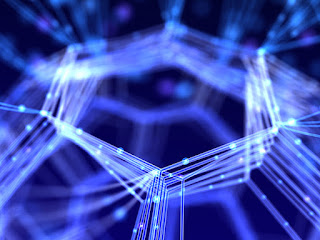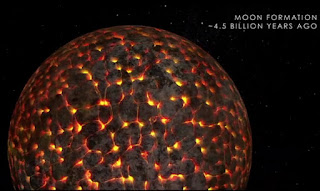Topics: Optics, Physics Humor, Quantum Mechanics, Research, Science Fiction, Star Wars
No, "The Force is [not yet] with us Young Skywalker," but it is an interesting application you might soon find on your next gadget purchase, i.e. using photons instead of electrons switching states to carry information.
It’s not lightsaber time, not yet. But a team including theoretical physicists from the National Institute of Standards and Technology (NIST) has taken another step toward building objects out of photons, and the findings* hint that weightless particles of light can be joined into a sort of “molecule” with its own peculiar force.
The findings build on previous research that several team members contributed to before joining NIST. In 2013, collaborators from Harvard, Caltech and MIT found a way to bind two photons together so that one would sit right atop the other, superimposed as they travel. Their experimental demonstration was considered a breakthrough, because no one had ever constructed anything by combining individual photons—inspiring some to imagine that real-life lightsabers were just around the corner.
Now, in a paper forthcoming in Physical Review Letters, the NIST and University of Maryland-based team (with other collaborators) has showed theoretically that by tweaking a few parameters of the binding process, photons could travel side by side, a specific distance from each other. The arrangement is akin to the way that two hydrogen atoms sit next to each other in a hydrogen molecule.
* M.F. Maghrebi, M.J. Gullans, P. Bienias, S. Choi, I. Martin, O. Firstenberg, M.D. Lukin, H.P. Büchler and A. V. Gorshkov. Coulomb Bound States of Strongly Interacting Photons. Physical Review Letters, September 16, 2015.
NIST: Physicists Show ‘Molecules’ Made of Light May Be Possible, Chad Boutin
